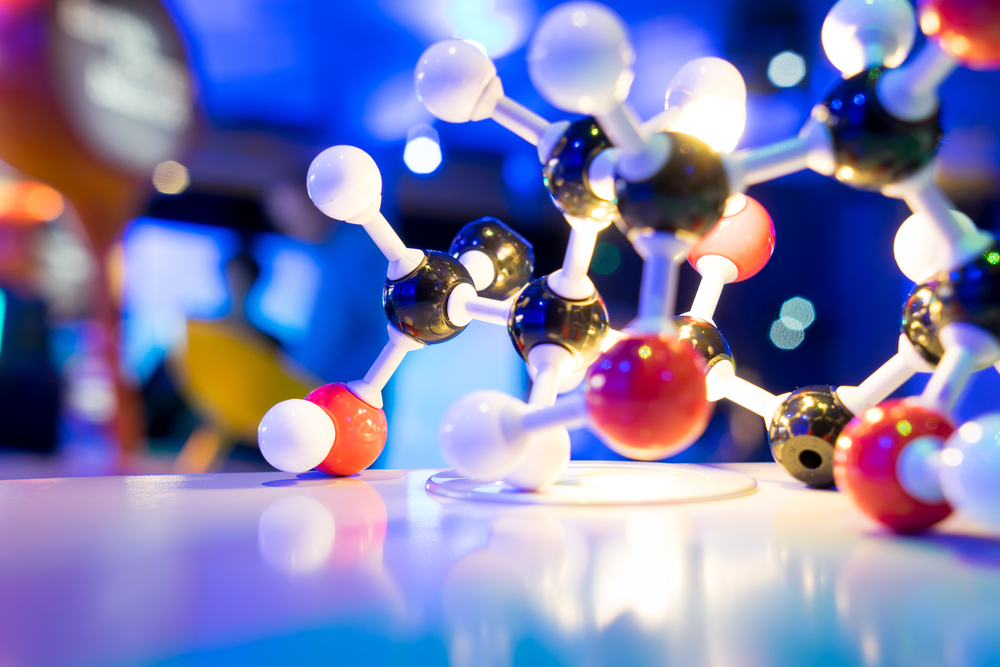Interleukin-33 May Help Treat ALS and Other Neurodegenerative Diseases

 Dr. Jonathan Kipnis, Ph.D., professor of neuroscience and Director of the Center for Brain Immunology and Glia (BIG) at the University of Virginia Medical School, and his research team from the Laboratory of Cellular and Molecular Neuroimmunology, made an important discovery in the field of neurodegenerative disease research, that may have important implications for future drug targets to treat amyotrophic lateral sclerosis (ALS). The study entitled “The Glia-Derived Alarmin IL-33 Orchestrates the Immune Response and Promotes Recovery following CNS Injury” was published in the latest on-line edition of the journal Neuron.
Dr. Jonathan Kipnis, Ph.D., professor of neuroscience and Director of the Center for Brain Immunology and Glia (BIG) at the University of Virginia Medical School, and his research team from the Laboratory of Cellular and Molecular Neuroimmunology, made an important discovery in the field of neurodegenerative disease research, that may have important implications for future drug targets to treat amyotrophic lateral sclerosis (ALS). The study entitled “The Glia-Derived Alarmin IL-33 Orchestrates the Immune Response and Promotes Recovery following CNS Injury” was published in the latest on-line edition of the journal Neuron.
ALS also known as Lou Gehrig’s disease, is a progressive neurodegenerative disease that attacks the nerve cells that control muscular movements such as walking and respiration. Patients diagnosed with the disease will have increasing problems with breathing, swallowing, and speaking or forming words. In the late stages of the disease patients rely solely on caretaker assistance for all their needs, leading to significant effects on their psychological health. ALS is a terminal diagnosis in which most patients die from respiratory failure within 2 to 5 years from diagnosis. Presently, there are no curative treatment options available for ALS; and the ability to translate the research achieved in animal models to efficacious treatment interventions in human patients has been limited.
The researchers discovered that IL-33 is released when CNS tissue is injured and activates the glial cells, beginning the body’s protective response and promoting recovery.
In a press release concerning the study, graduate student and lead author Sachin Gadani stated, “It’s the first thing that tells the immune system that something’s been damaged. It’s how the immune system initially knows to respond.”
Investigators are still unsure of the other possible roles IL-33 may play, but they are convinced that it may contribute to worsening of neurodegenerative conditions. This sentiment was expressed by Dr. Kipnis, in a statement he made about the study. “Interleukin-33 must be important to the CNS. It is expressed all the time, even in the healthy state, and we’ve only described its activity after injury. From an evolutionary perspective it makes little sense. The system produces this constantly just in case of injury that may never come? I’d be surprised if there was no function beyond injury. IL-33 may represent a language through which the CNS is constantly talking with the immune system, or in other words, a molecular mind-body connection. It’s possible that if there’s some problem with this molecule in patients, they will have poor alarm signaling, and they will have very poor outcomes.”
With a better understanding of the mind-body connection Dr. Kipnis, was referring to, researchers may eventually be able to develop therapeutic treatment options and new diagnostic tests that specifically target IL-33 and its role in neurodegenerative disease.






